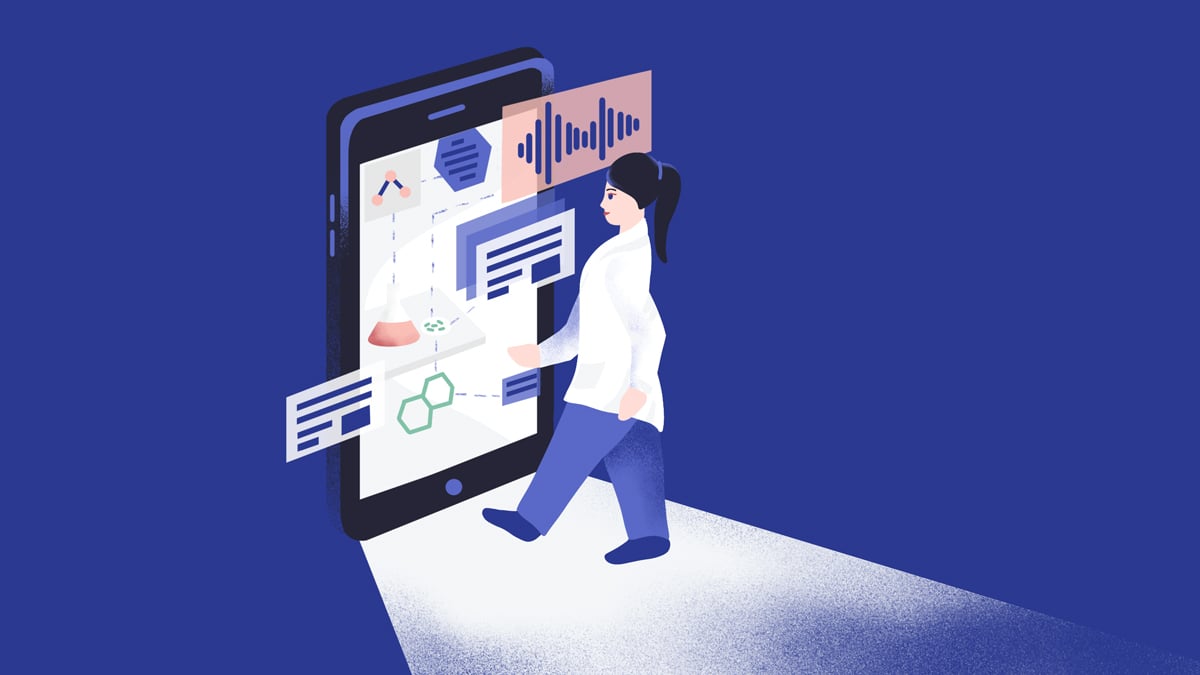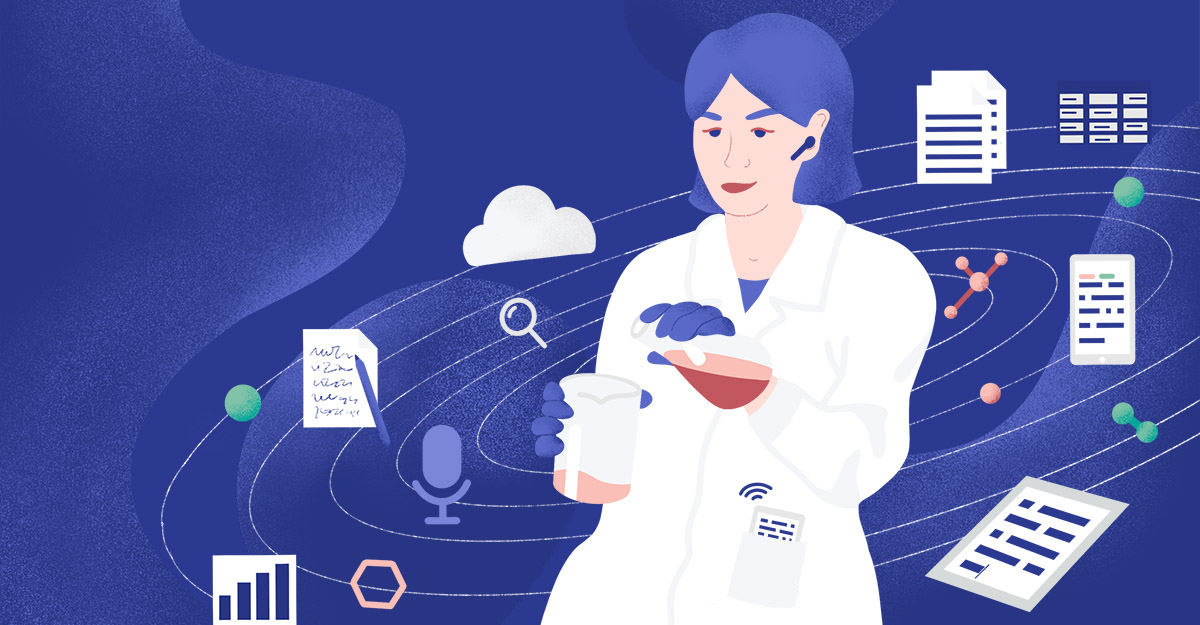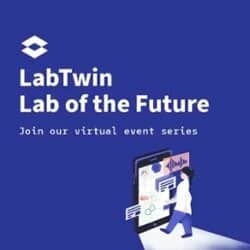Steve Jobs famously said of his customers, “Our job is to figure out what they're going to want before they do.” This user-centered design approach saw Apple grow into a household name, and today there are 1.4 billion active Apple devices around the world. User-centered design has long been part of the information technology industry and is now poised to drive growth and innovation in the life sciences industry. Smart, intuitive, integrated laboratory tools will allow research labs to be agile and quickly adapt to the needs of their own end-users.
The Lab of the Future
“At LabTwin, we think focusing on humans is more important than technology itself. Companies can have the most innovative technology, but if it is not connected with humans, it will never be adopted and it won’t change anything.” Guru Singh, Head of Growth, LabTwin
Challenges Currently Faced by Research Labs
Pharmaceutical companies face pressure from many stakeholders—including patients, healthcare providers, payers, regulatory bodies and governments—to develop new products as quickly and cost-effectively as possible. At the same time, companies must abide by complex international regulatory rules on biological sample and data management.
These challenges have been compounded by technological advances, and the global push towards personalized medicine, which have resulted in an explosion of biological data. Many life science companies struggle to find the best way to capitalize on decades-worth of fragmented and isolated datasets. The ‘Smart Lab of the Future’ offers a solution to existing data management barriers, with integrated tools and equipment that manage increasingly complex workflows, harmonize data, minimize errors and lower costs.
“Humans make the most errors in manual input. If we can make it easier to collect and integrate different types of data, results will be more meaningful.” Miriam Estrada, Senior Business Analyst, Business & Technology solutions for Life Sciences & Chemicals, Capgemini.
However, laboratory tools must evolve before companies can build truly smart labs. One major roadblock is that most currently available digital tools do not integrate with existing lab infrastructure and are not easy to use. Electronic laboratory notebooks (ELNs), for example, cannot be used at the bench. Therefore, scientists cannot use ELNs to record data in real time. This problem has resulted from a product design process that failed to consider the needs of the end-user, namely the scientist. Researchers using these products grapple with tedious, inefficient workflows, higher costs, and a notable lack of agility.
The key to addressing these shortcomings is to place scientists at the lead of the design and development process, a concept known as “empathic innovation” or “user-centered design”.

Benefits of User-Centered Design
The goal of a scientific laboratory is to foster innovation, creativity, and collaboration, drive efficient data generation, and do so while minimizing expenses. User-focused lab tools are the key to meeting all these goals. By understanding scientists, and designing and developing from their perspective, lab informatics and equipment companies can deliver products that improve research efficiency and agility.
User-centered design results in simple, intuitive tools designed to solve a real human need and seamlessly integrate into existing lab infrastructure. By making it easier to produce, collect, harmonize and analyze data, user-focused lab tools lower research costs, reduce error rates and improve lab productivity.
"R&D hubs have a “natural innovation DNA” that is leveraged, magnified and scaled with Design Thinking." Annie Kerguenne, Lead of Design Thinking Strategy, Hasso Plattner Institute for Digital System Engineering GmbH
LabTwin’s co-founder and CEO, Magdalena Paluch is a trained user-centered designer, with experience in building for adoption of emerging technologies, while her co-founder Steffen Gloth is a trained mechatronics engineer with experience in building lab instrumentation. From the very beginning, we have focused on the needs of scientists when building LabTwin’s digital lab assistant. We visited hundreds of labs around the world and listened to scientists and lab managers tell us how difficult it was to capture and access data in real-time at the point of experimentation. We heard how researchers had to interrupt experiments and remove their gloves to record results, create order lists or look up information. A number of our team members experienced this problem personally in their work as research scientists.
Our solution is a voice-activated, hands-free, mobile interface that moves with scientists and allows them to record data and access information from any part of the lab. Our digital lab assistant automatically captures data and voice notes so lab documentation is comprehensive and accurate.
“Research labs are made up of space, instruments and data – all of that needs to be intuitive and accessible to scientists. Humans need be at the lead of how technology evolves. With LabTwin, we want to give scientists full access to data from anywhere in the lab.” Magdalena Paluch, CEO, LabTwin
Conclusion
Historically, lack of consideration for the needs of scientists has typically led to slow adoption of new technologies in life science laboratories. New generation tools, such as LabTwin, address this issue by placing scientists not at the center but at the lead of innovation. Over the next decade, user-led design will allow life science companies to develop and seamlessly integrate new technologies. Empathic innovation will be key to incorporating instrumentation, automation, and communication systems in the Smart Labs of the Future.




